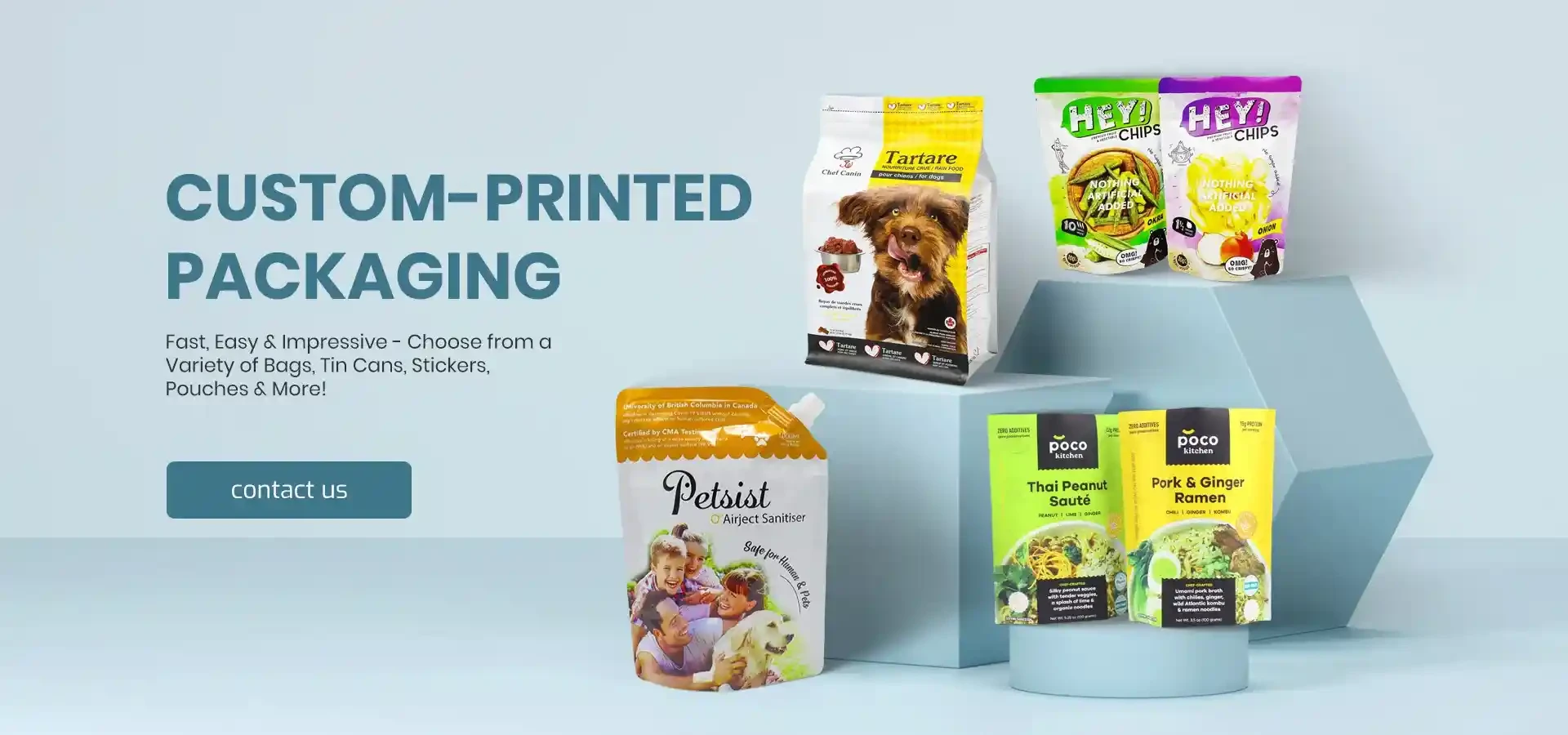- Afrikaans
- Albanian
- Amharic
- Arabic
- Armenian
- Azerbaijani
- Basque
- Belarusian
- Bengali
- Bosnian
- Bulgarian
- Catalan
- Cebuano
- chinese_simplified
- chinese_traditional
- Corsican
- Croatian
- Czech
- Danish
- Dutch
- English
- Esperanto
- Estonian
- Finnish
- French
- Frisian
- Galician
- Georgian
- German
- Greek
- Gujarati
- haitian_creole
- hausa
- hawaiian
- Hebrew
- Hindi
- Miao
- Hungarian
- Icelandic
- igbo
- Indonesian
- irish
- Italian
- Japanese
- Javanese
- Kannada
- kazakh
- Khmer
- Rwandese
- Korean
- Kurdish
- Kyrgyz
- Lao
- Latin
- Latvian
- Lithuanian
- Luxembourgish
- Macedonian
- Malgashi
- Malay
- Malayalam
- Maltese
- Maori
- Marathi
- Mongolian
- Myanmar
- Nepali
- Norwegian
- Norwegian
- Occitan
- Pashto
- Persian
- Polish
- Portuguese
- Punjabi
- Romanian
- Russian
- Samoan
- scottish-gaelic
- Serbian
- Sesotho
- Shona
- Sindhi
- Sinhala
- Slovak
- Slovenian
- Somali
- Spanish
- Sundanese
- Swahili
- Swedish
- Tagalog
- Tajik
- Tamil
- Tatar
- Telugu
- Thai
- Turkish
- Turkmen
- Ukrainian
- Urdu
- Uighur
- Uzbek
- Vietnamese
- Welsh
- Bantu
- Yiddish
- Yoruba
- Zulu
chip bag design
The Art of Chip Bag Design A Blend of Aesthetics and Marketing
In the bustling world of snack food, the presentation is as crucial as the taste. Among the myriad of snack options available, potato chips have carved a unique niche, not just in their flavor but also in their packaging. Chip bag design plays a pivotal role in drawing consumers' attention, conveying brand identity, and influencing purchasing decisions. In this article, we’ll delve into the intricacies of chip bag design, exploring its significance and the elements that make it effective.
The Importance of Chip Bag Design
In a market flooded with options, an eye-catching chip bag can be the deciding factor for consumers navigating grocery aisles. The visual appeal of a chip bag can evoke curiosity and desire, prompting shoppers to reach for the product. A well-designed bag not only attracts attention but also communicates the brand's message and values, ultimately enhancing brand recognition and loyalty.
Effective chip bag design goes beyond mere aesthetics; it encapsulates the essence of the product. A design that resonates with the target demographic can significantly impact a brand’s market success. For example, a health-focused brand might use earthy tones and images of fresh ingredients to emphasize naturalness, while a fun, youthful brand may opt for vibrant colors and playful graphics to appeal to a younger audience.
Key Elements of Effective Chip Bag Design
1. Color Palette Colors evoke emotions and can influence consumer behavior. Bright, bold colors like red and yellow tend to attract attention, while cooler tones such as green can suggest health and freshness. The choice of color must align with the brand’s identity and target market.
2. Typography The fonts used on a chip bag must be readable and reflect the brand's personality. A modern, sans-serif font may suit a contemporary brand, while a playful, handwritten typeface could work better for a fun, family-oriented product. The hierarchy of information—brand name, flavor, and other details—should guide the consumer’s eye smoothly across the design.
chip bag design

3. Imagery High-quality images of the product or ingredients can entice consumers and create a connection to the taste experience. Realistic photos of the chips can significantly enhance cravings, while stylized graphics can showcase unique flavors or brand qualities.
4. Sustainability Considerations As consumers become more environmentally conscious, the materials used for packaging are increasingly important. Brands that utilize recyclable or biodegradable materials may want to feature these elements prominently in their design. This not only appeals to eco-minded consumers but also demonstrates corporate responsibility.
5. Branding Elements A strong logo and consistent branding are vital components of chip bag design. The logo should be memorable and positioned prominently on the bag. Additionally, cohesive branding across different products in the line fosters trust and recognition among consumers.
Trends in Chip Bag Design
With the ever-evolving landscape of consumer preferences, chip bag design is also seeing emerging trends. For one, minimalist designs that focus on a few striking elements are gaining popularity, catching the eyes of consumers looking for simplicity and authenticity. Additionally, storytelling through design—where the bag tells a narrative about the brand or the ingredients—has also come to the forefront, allowing consumers to connect with the product on a deeper level.
Interactive packaging, such as QR codes that link to recipes or brand stories, is also becoming a trend, appealing to tech-savvy consumers who appreciate engagement. Furthermore, the rise of social media means that chip bags need to be “Instagrammable,” prompting brands to prioritize visually appealing designs that encourage sharing.
Conclusion
Chip bag design is a critical element of the snack food industry, impacting everything from brand perception to consumer purchasing habits. It requires a delicate balance of aesthetics, functionality, and marketing strategy. As trends evolve, brands must remain agile, continually adapting their designs to meet the changing preferences of consumers. Ultimately, a well-designed chip bag not only serves as a vessel for the product but also as a powerful tool for storytelling, connection, and consumer engagement.













